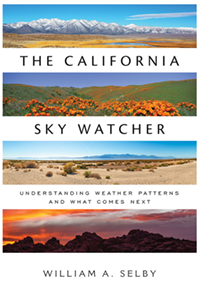
The Transverse Ranges get their name from the peculiar way they jog across the grain of almost all the other major mountain ranges in the state. The vast majority of the Golden State’s mountains generally run in a southeast to northwest orientation. As you might suspect, many of California’s fault lines also share this alignment.
But California’s most famous fault line, the San Andreas, bucks this trend slightly. Emerging in the Salton Trough from a spreading zone, the San Andreas at first trends northwest towards Desert Hot Springs. But not long after it takes a gentle left turn towards a more WNW bearing. Many of its subsidiary faults take a harder left and align themselves in a westerly fashion. As a result the Transverse Ranges trend in a east-west direction. This has a significant impact on the coastal plains of southern California. They are, in effect, cut off from the rest of the state by imposing mountains.


